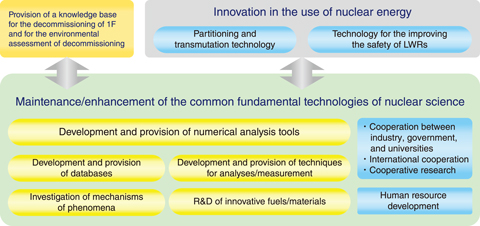
Fig.4-1 Overview of nuclear science and engineering research
Common fundamental technologies and knowledge platforms, such as databases, numerical analysis tools, analytical technologies, and knowledge of phenomena mechanisms, are necessary to support the use of nuclear energy and radiation. As illustrated in Fig.4-1, the Nuclear Science and Engineering Center (NSEC) aims to maintain such fundamental technologies and knowledge of nuclear science state-of-the-art and provides these technologies and knowledge for industry, universities, and governmental agencies; the NSEC has also contributed to the safety improvements of LWRs and the development of partitioning and transmutation technology for reducing the impact of radioactive wastes. Recent results of the ongoing research and development (R&D) activities at NSEC are introduced in this chapter.
In one such project, JAEA assisted in the development of a photonuclear data library hosted by IAEA by providing the data for 147 out of 219 nuclides now maintained in the library. This improved-reliability database is expected to contribute to reducing the amount of radioactive wastes associated with decommissioning electron accelerator facilities (Topic 4-1).
A nuclear reaction model that evaluates nuclear data with high accuracy was also proposed. This model may be applied to nuclear transmutation investigations into the reduction of long-lived fission products (LLFP) in nuclear wastes (Topic 4-2).
To ensure the long-term integrity of the reactor pressure vessel (RPV) at the TEPCO’s Fukushima Daiichi NPS (1F), the corrosion rate of steels at the air/solution interface was investigated, as this simulates the interface between cooling water and the atmosphere on the RPV inner wall. The investigation demonstrated that the corrosion rate at the air solution interface is more than four times faster than the corrosion rate in an environment that is in constant contact with cooling water (Topic 4-3).
Prior investigations have detailed a detection limit of electron spin resonance (ESR) dosimetry of 100–200 mGy using teeth enamel; external exposure below 100 mGy is difficult to detect. Here, using pure enamel separated from dentine by centrifugation, the detection limit was improved to less than 40 mGy. To verify and demonstrate the applicability of this methodology, the teeth of wild Japanese macaques captured at Namie-town in Fukushima Prefecture were subjected to external dose estimation, some of which show estimated exposure doses below 100 mGy (Topic 4-4).
When a large solar flare occurs, the radiation dose due to solar energetic particles (SEP) may increase, especially at flight altitudes, thus presenting a potential hazard to aircrews and passengers. A physics-based model for estimating SEP dosages anywhere in the atmosphere was therefore developed under the collaboration between several institutes in Japan. The SEP dose calculated by this system will be used as mandatory information for aviation operation management by the International Civil Aviation Organization (ICAO) (Topic 4-5).
As a part of the development of partitioning and transmutation technology, we have proposed a novel separation process called SELECT, which uses extractants comprising carbon, hydrogen, oxygen, and nitrogen. The proposed separation process allowed for the successful separation of uranium and plutonium from a dissolution solution of spent nuclear fuel; furthermore, minor actinides and rare earth elements were successfully recovered from the residual solution (Topic 4-6).
A critical experiment with plutonium fuel was conducted to validate the nuclear cross-section of lead (Pb), which acts as a moderator in an accelerator-driven system (ADS), using a critical assembly in the United States. The validity of lead nuclear data in fast-neutron system was verified by this US–Japan collaboration experiment (Topic 4-7).
To develop a material irradiation database for the design of ADSs, specimens irradiated at the proton accelerator in Switzerland underwent post-irradiation examination as the international project. Since the specimen has a special shape, the deformation behavior after irradiation varied from the standard specimen; a new correction formula is required (Topic 4-8).